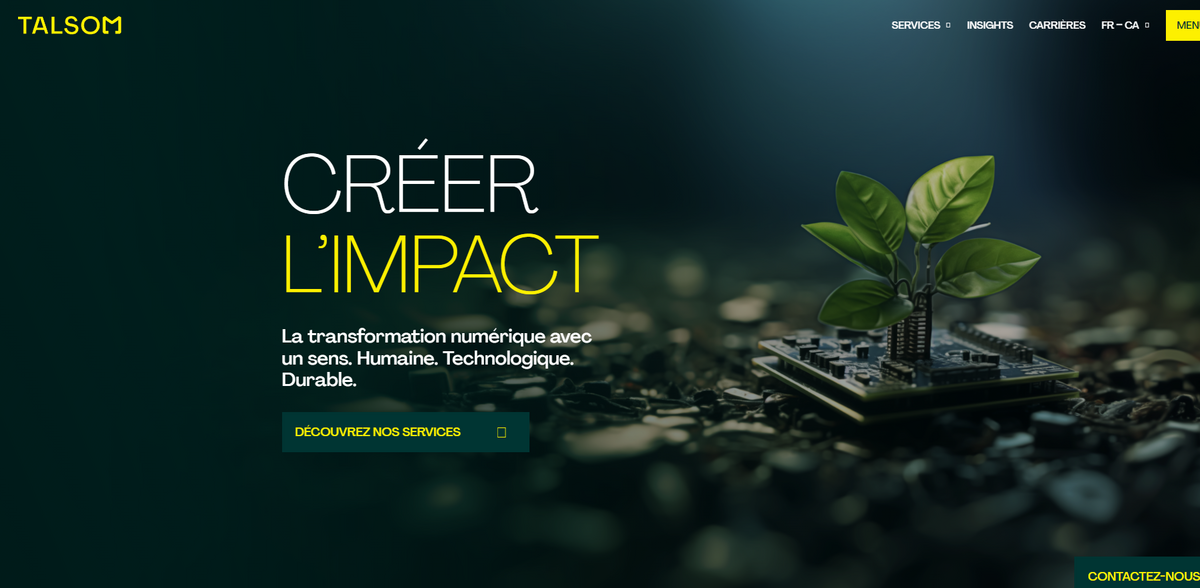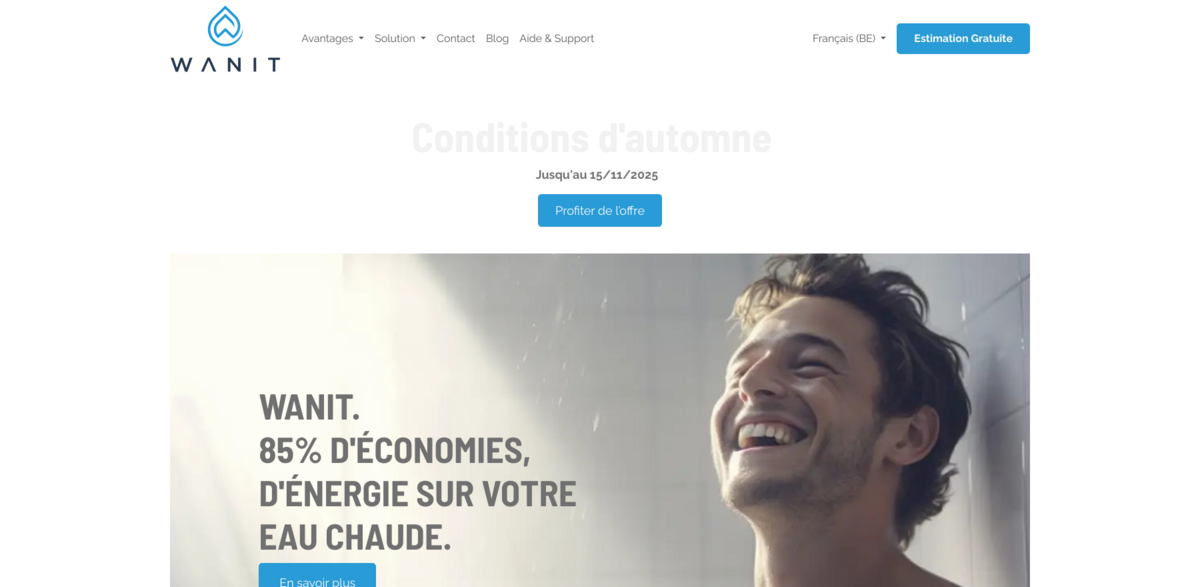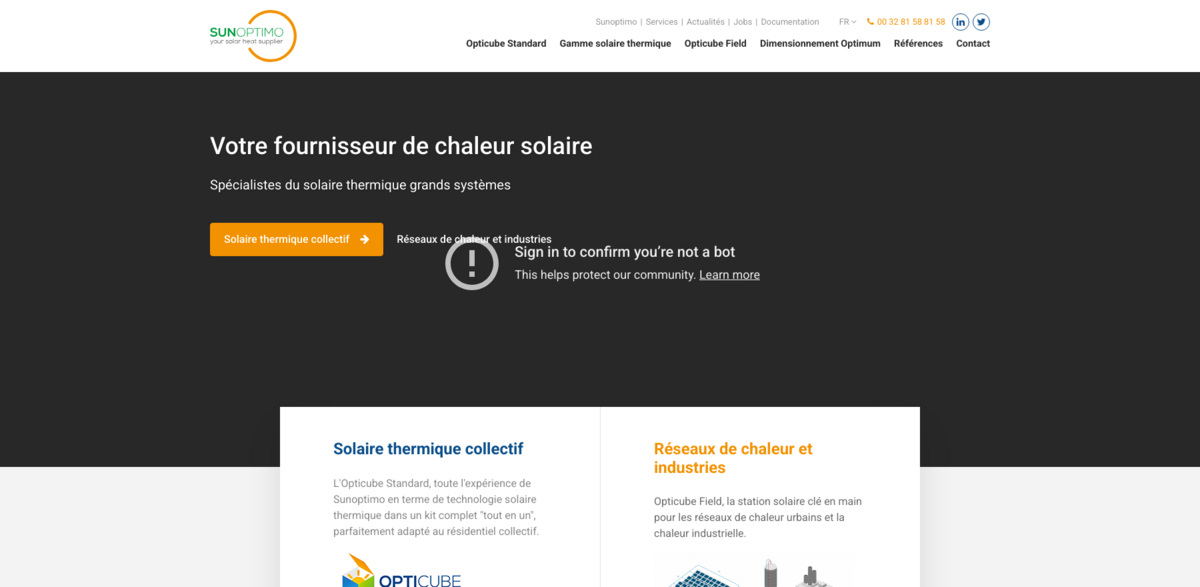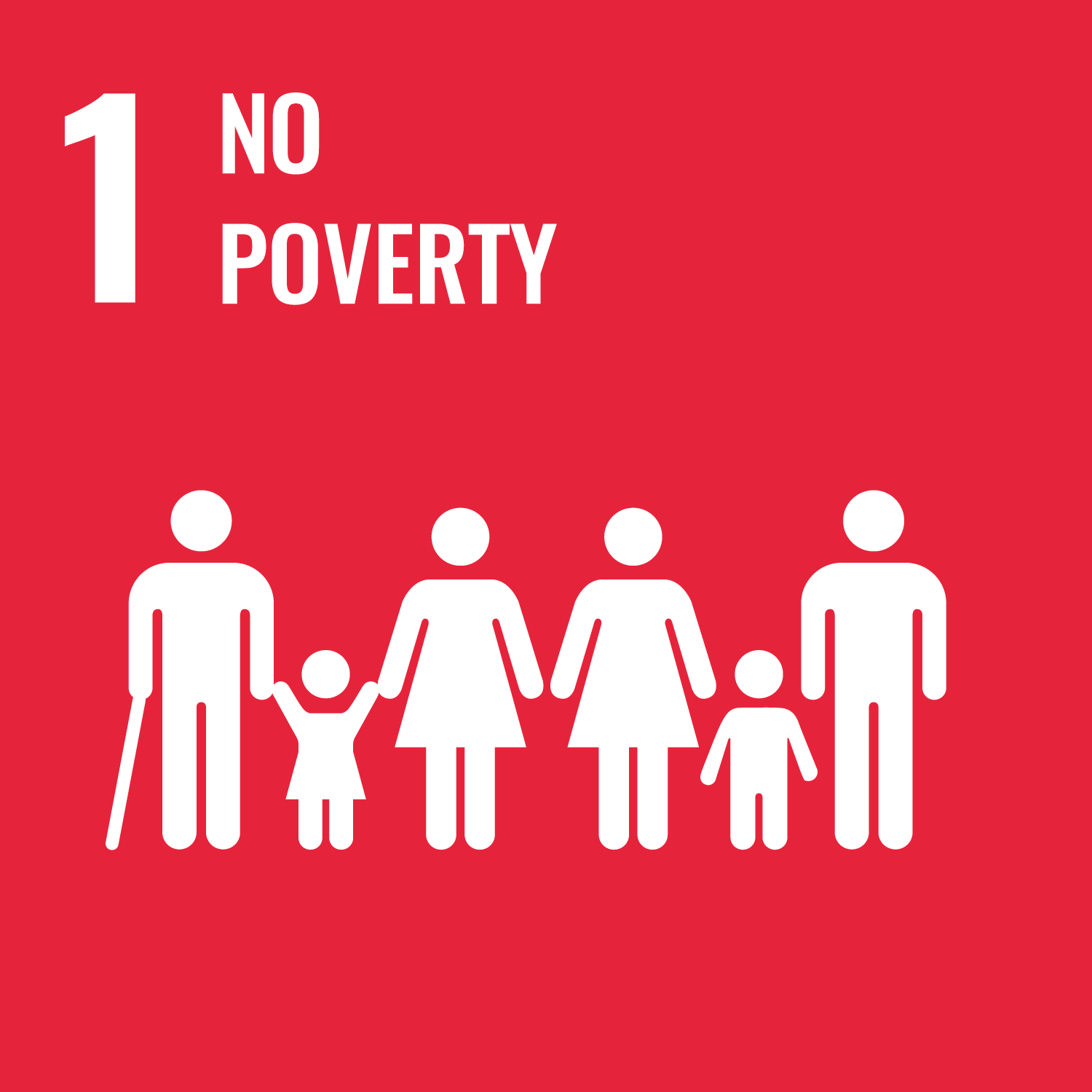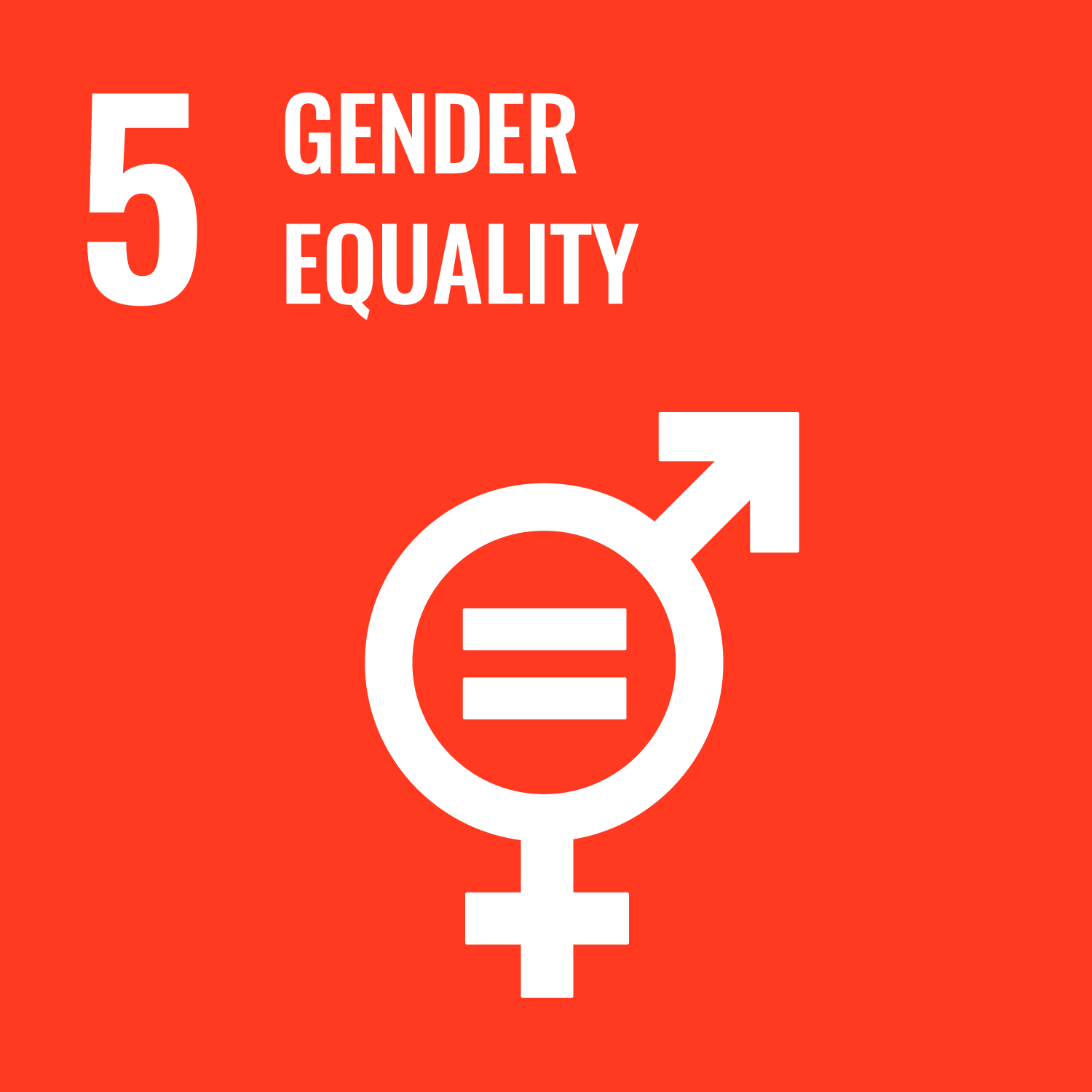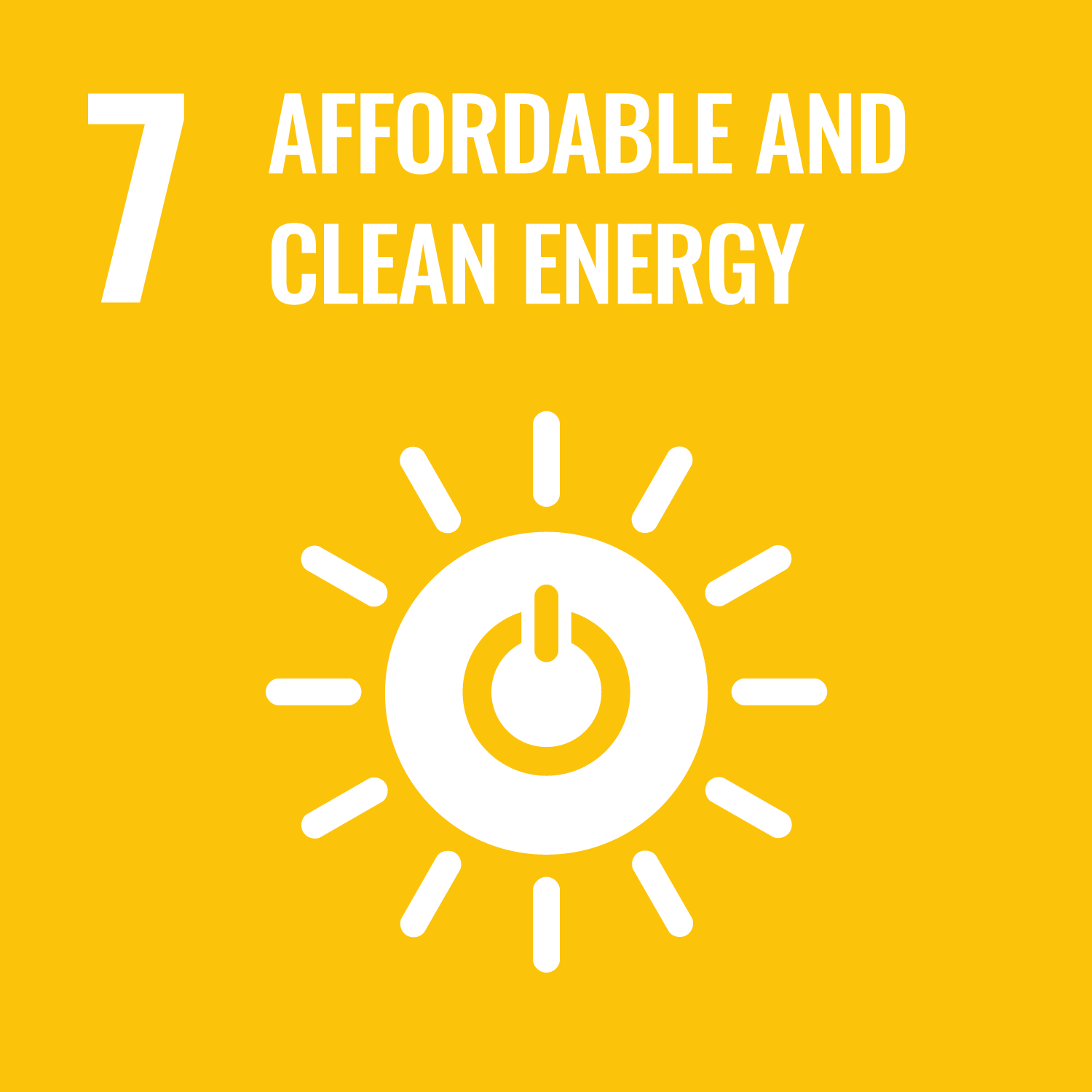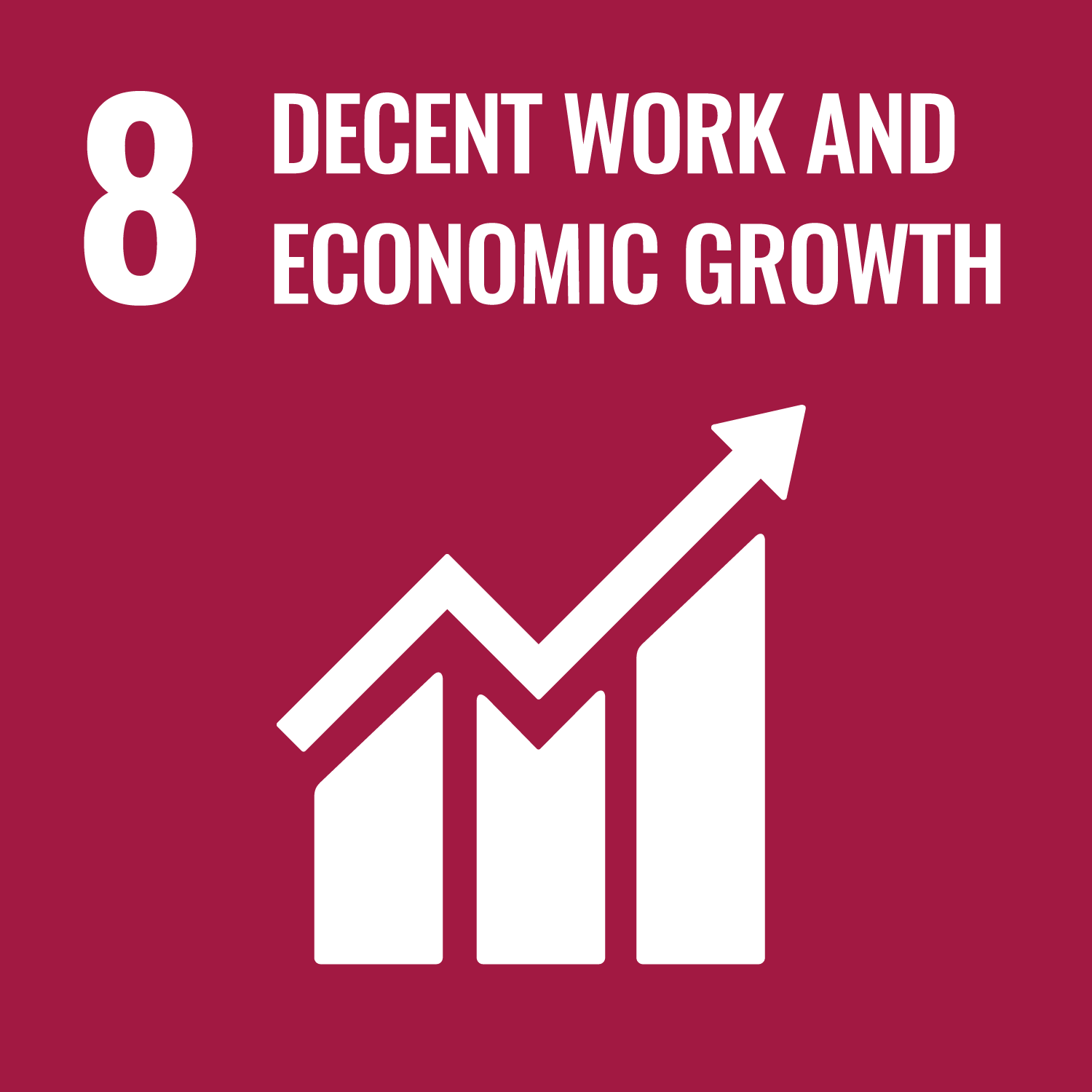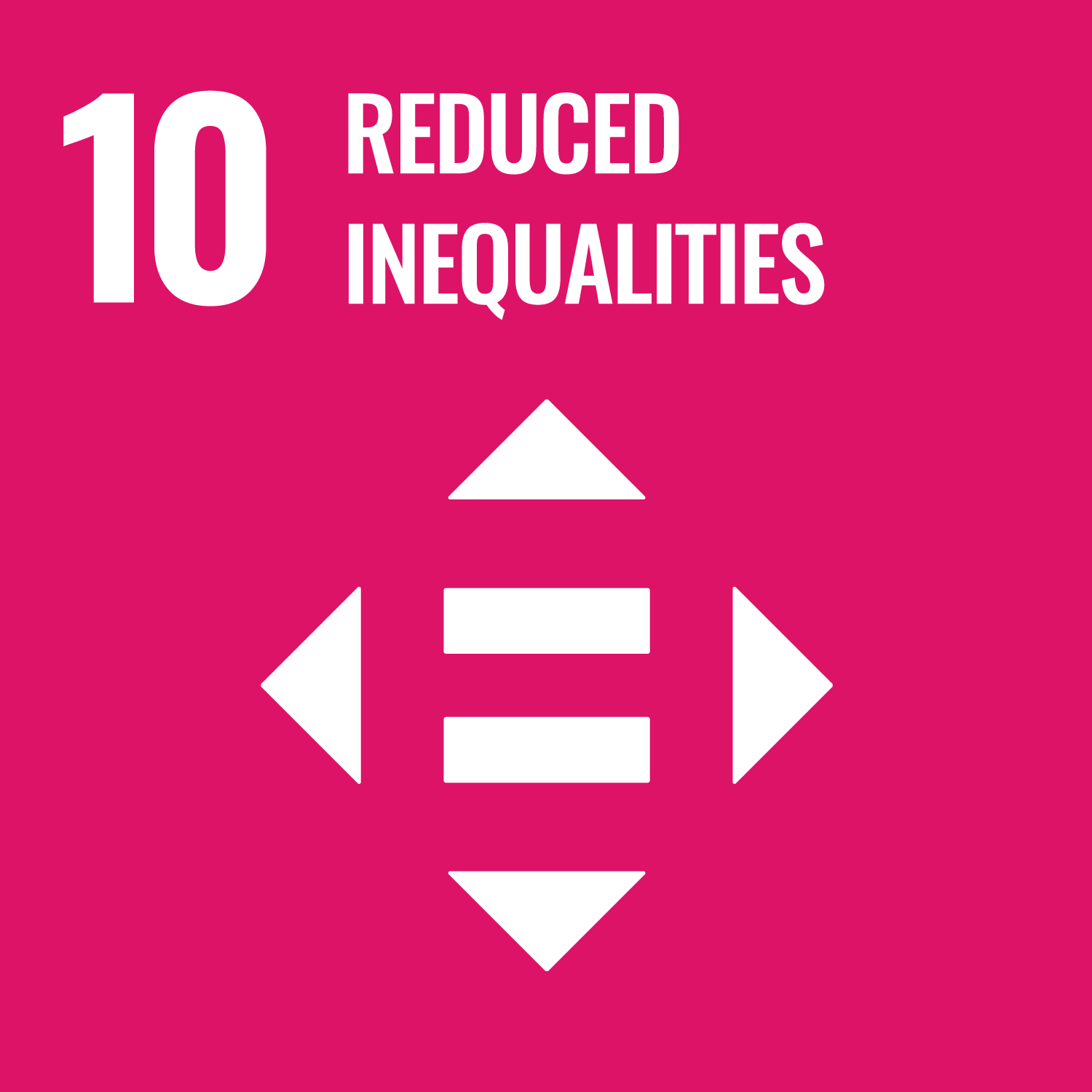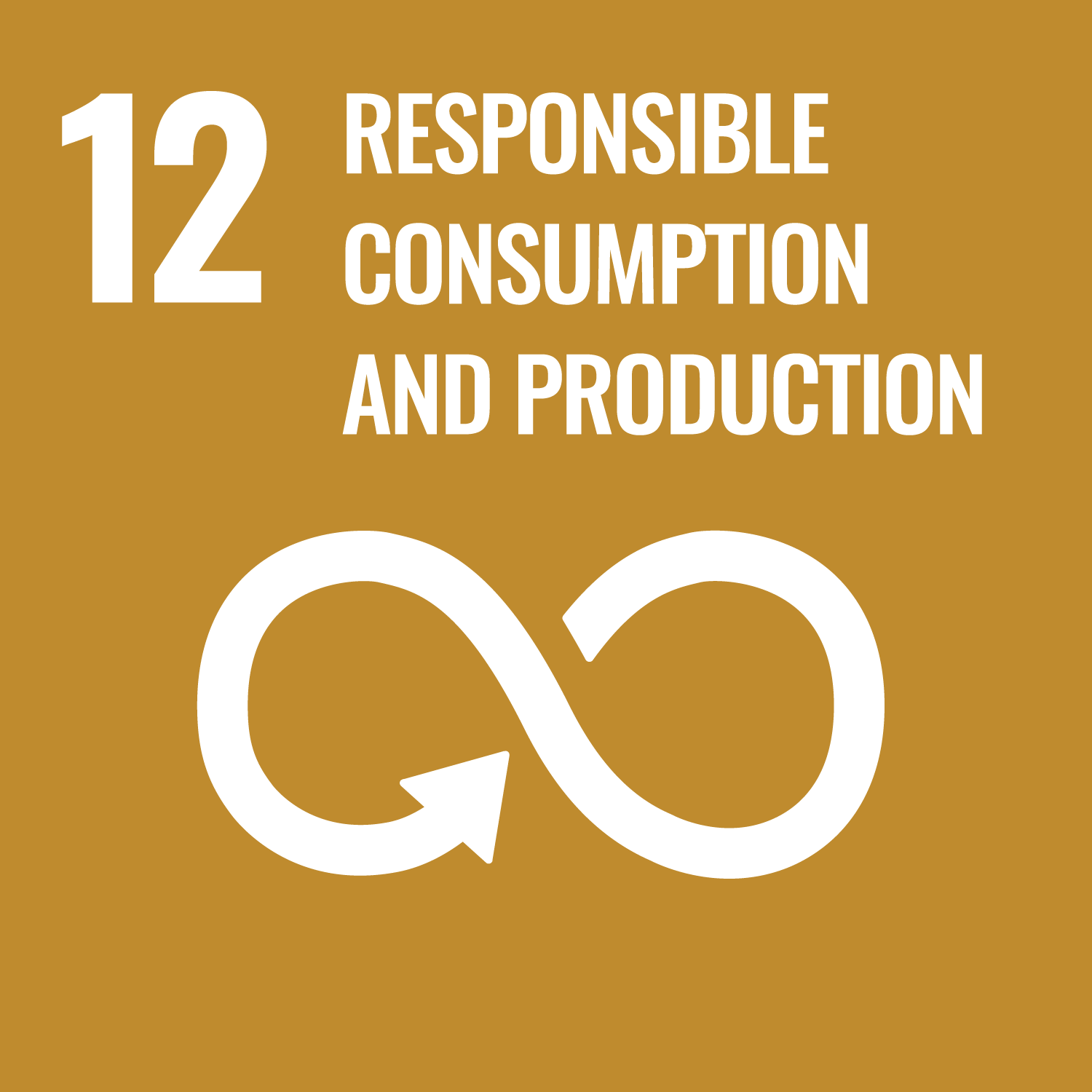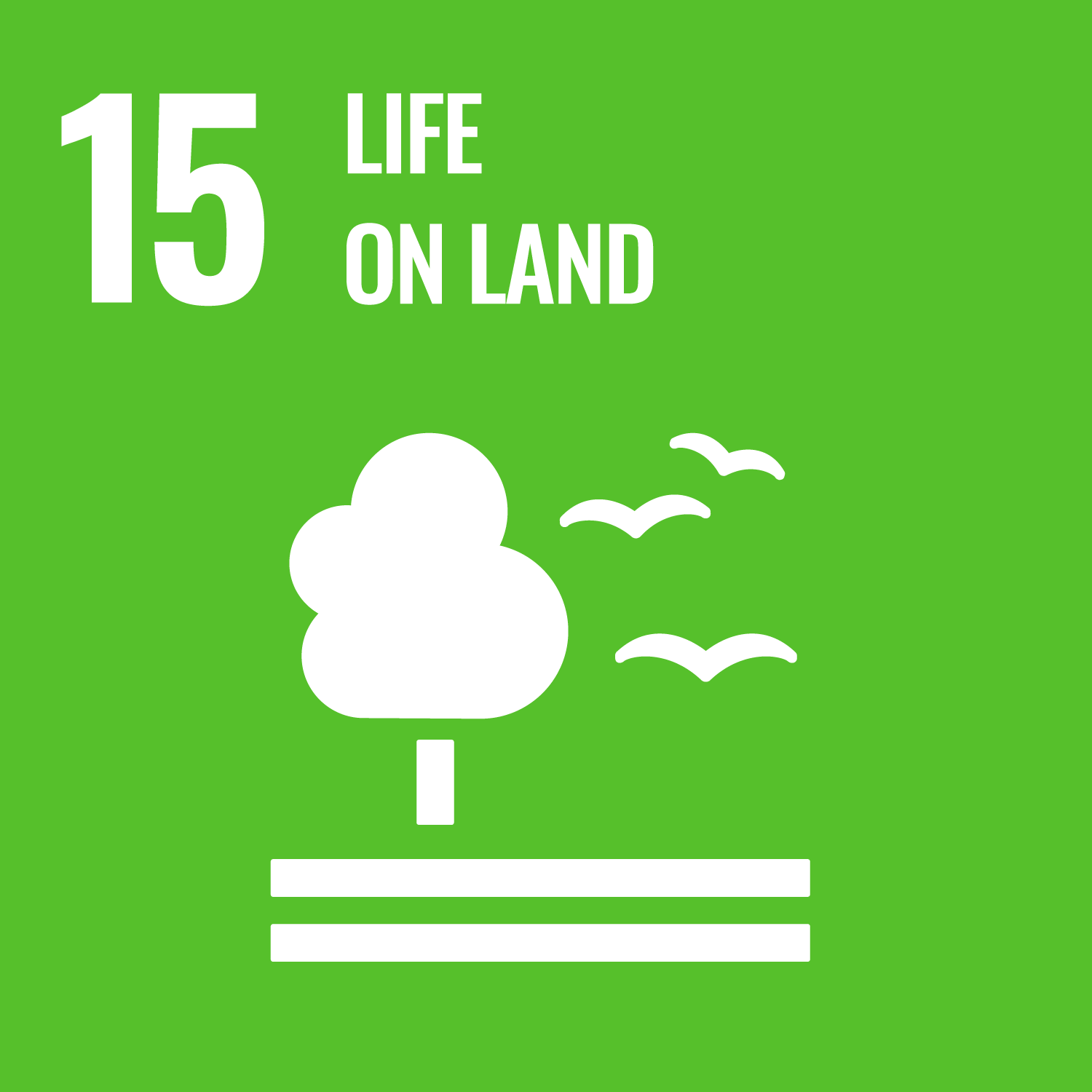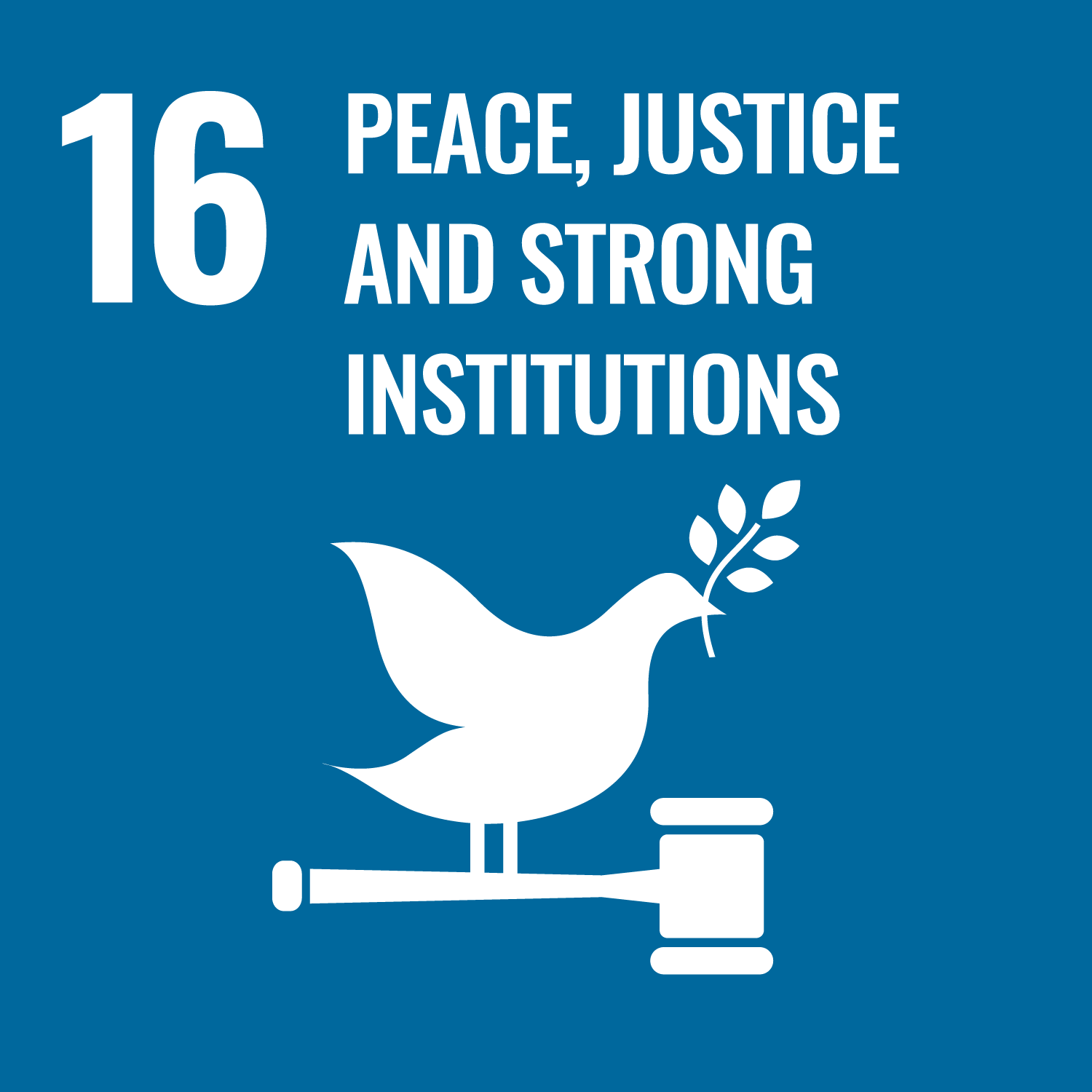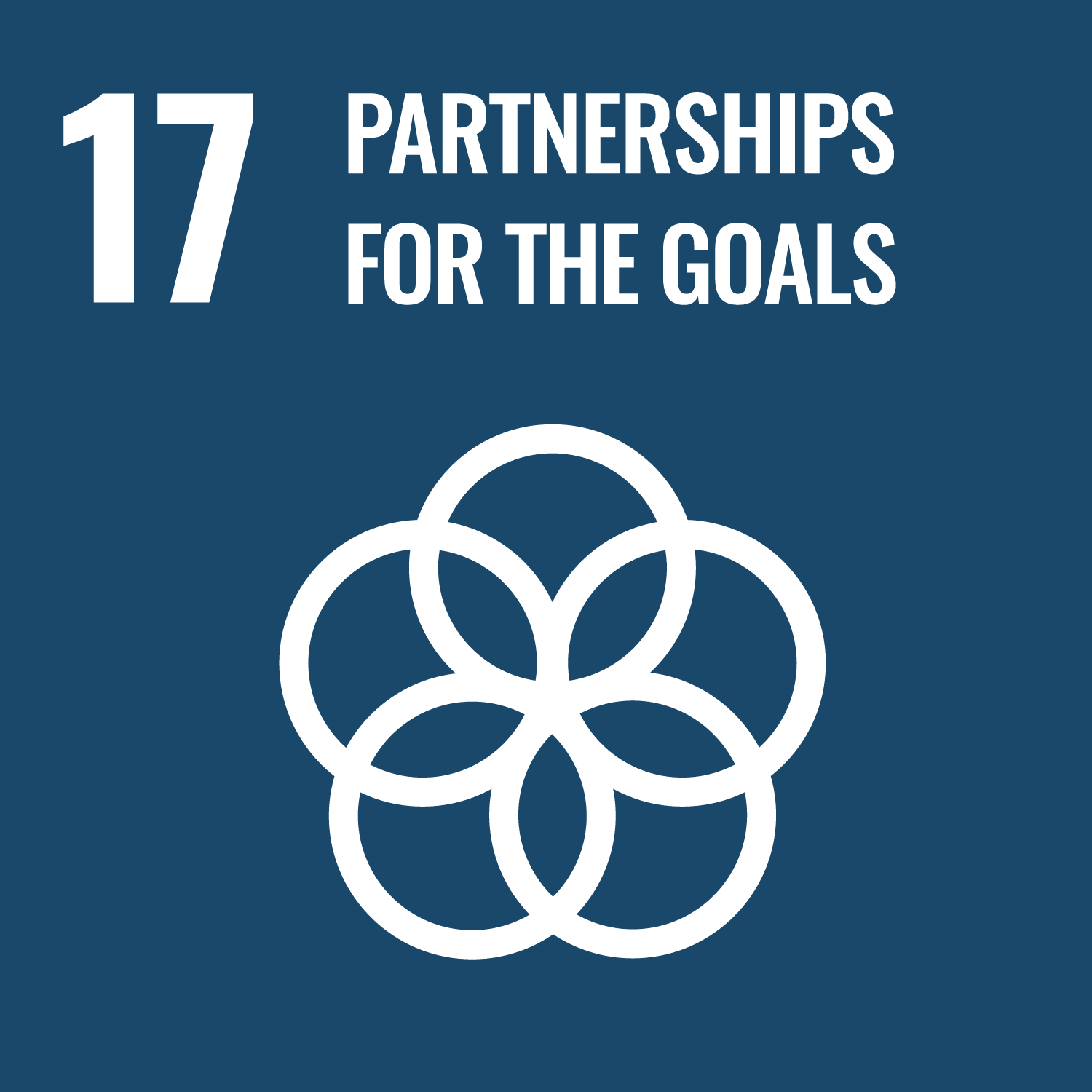The Need for Sustainable Transformation
As the world grapples with climate change and social inequalities, the need for sustainable transformation has never been more urgent. Companies are increasingly recognizing that their operations must align with environmental, social, and governance (ESG) principles. Talsom’s approach emphasizes the importance of integrating these principles into the core of business strategies. By doing so, organizations can not only enhance their reputation but also drive long-term growth and resilience.
Empowering Organizations Through Innovation
Talsom believes that innovation is the key to unlocking sustainable growth. By leveraging cutting-edge technologies and design thinking methodologies, Talsom helps organizations identify new opportunities and develop innovative solutions. This process not only fosters creativity but also encourages collaboration among teams, leading to a more engaged workforce. As organizations embrace innovation, they become better equipped to tackle the challenges of tomorrow.
Enhancing Operational Efficiency
Operational efficiency is crucial for any organization looking to thrive in a competitive landscape. Talsom’s expertise in optimizing processes allows businesses to streamline their operations, reduce waste, and lower costs. By implementing sustainable practices, organizations can improve their bottom line while minimizing their environmental footprint. This dual focus on efficiency and sustainability positions companies for success in an increasingly eco-conscious market.
Building a Culture of Sustainability
Creating a culture of sustainability within an organization is essential for long-term success. Talsom works closely with leaders to instill values that prioritize environmental stewardship and social responsibility. This cultural shift not only enhances employee engagement but also attracts customers who are increasingly seeking brands that align with their values. By fostering a culture of sustainability, organizations can drive meaningful change both internally and externally.
Navigating Technological Transitions
The rapid pace of technological change can be overwhelming for organizations. Talsom provides guidance and support to help businesses navigate these transitions effectively. By focusing on human-centered design and technology adoption, Talsom ensures that organizations are well-prepared to embrace new tools and processes. This proactive approach minimizes disruptions and maximizes the benefits of technological advancements.
Linking to the United Nations Sustainable Development Goals
Talsom’s commitment to sustainable transformation aligns with several of the United Nations’ Sustainable Development Goals (SDGs). These goals serve as a universal call to action to end poverty, protect the planet, and ensure prosperity for all. By integrating ESG principles into their strategies, organizations can contribute to the following SDGs:
- Goal 8: Decent Work and Economic Growth
- Goal 9: Industry, Innovation, and Infrastructure
- Goal 12: Responsible Consumption and Production
- Goal 13: Climate Action
- Goal 17: Partnerships for the Goals
In conclusion, Talsom’s approach to sustainable transformation empowers organizations to innovate, enhance efficiency, and build a culture of responsibility. By aligning with the United Nations’ Sustainable Development Goals, Talsom not only drives business success but also contributes to a more sustainable future for all. For more information on how Talsom can help your organization, visit Talsom’s website.

